Where do you stand on planting natives vs. non-natives?
Let’s get a genuine conversation going. Some people think you should plant only native plants. Some people say that we have to start looking for cultivars of native plants that can compete in this changing climate and against invasive species. Some people just want to plant their butterfly bush, burning bush, callery pear, etc. and call it a day. Landscaping professionals and nursery folk often have to stock what the people want.
What are your thoughts on this topic?
What are the challenges to planting more natives?
How many native plants do you have in your yard and have you noticed any changes?

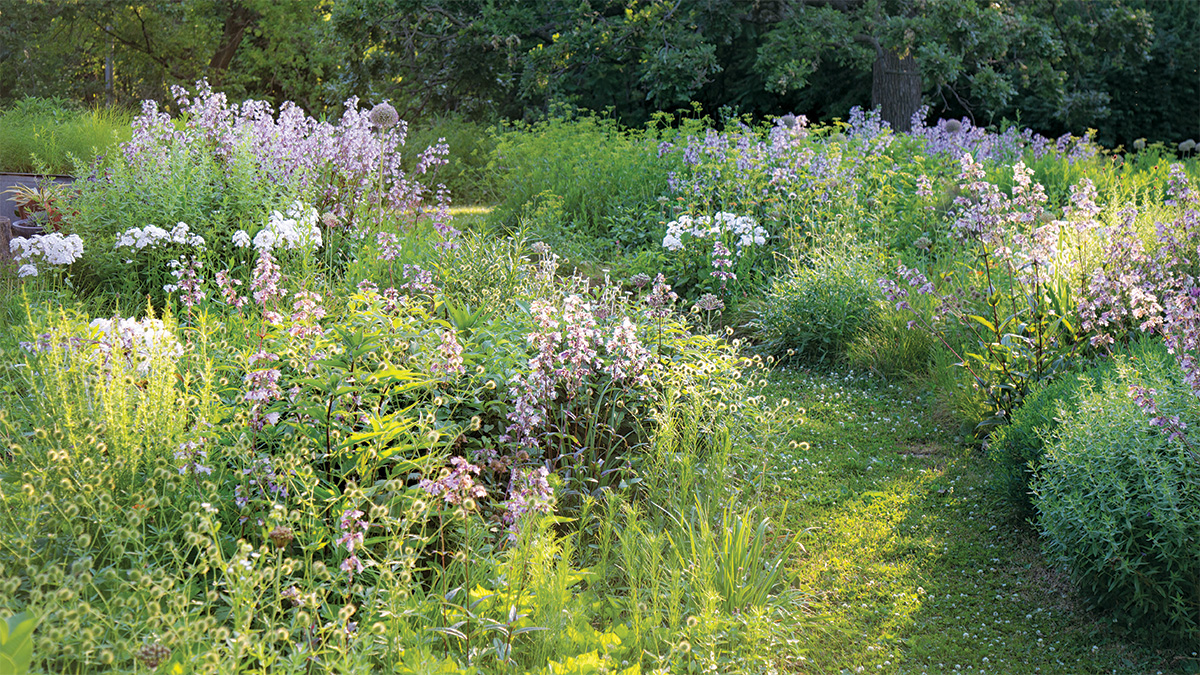

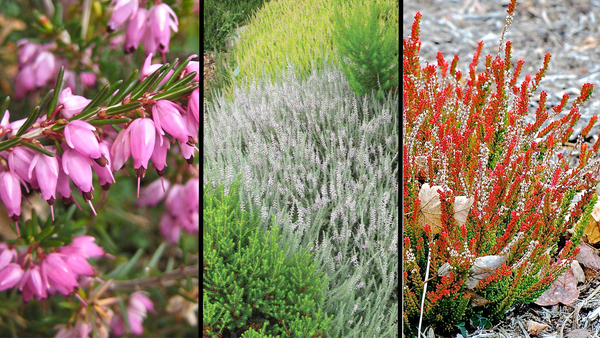

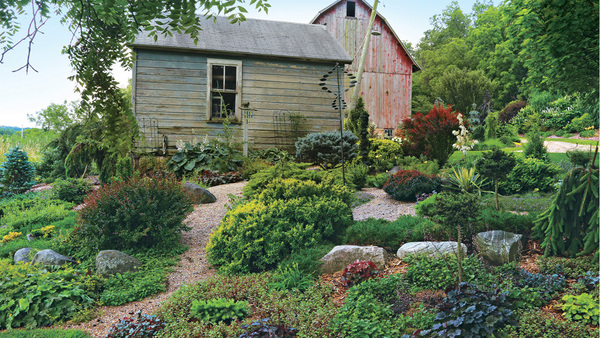
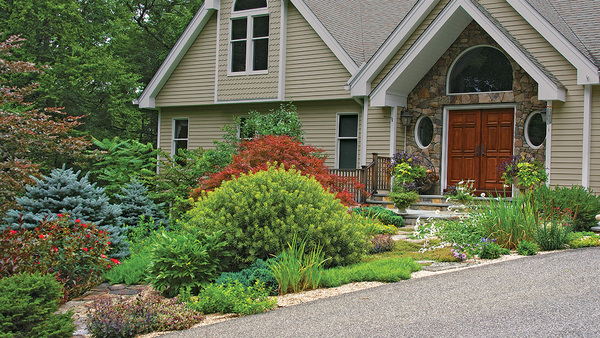
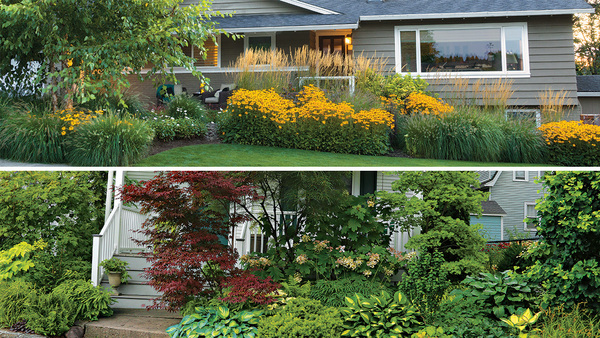







Replies
I have a lot of native plants, especially shrubs. They are very reliable in the high desert/sagebrush steppe, with maybe 12 inches of rain per year. I am always experimenting with "nativars" or cultivars of native plants. I am more concerned about getting rid of invasive plants than holding the line on native plants.
For instance, I am pairing a true native with a very well-adapted non-native species tulip.
I've attached a picture of one of my all-time favorite spring flowering natives, Geum triflorum, or "Old Man's Whiskers." For next spring, I am pairing it with species tulips. Stay tuned.
I love native plants! However, I have many non-native plants in my garden that work well and provide ecosystem services at a high level.
Agreed.
Of course native plants are great and ideal, but there are lots of lovely non-native plants that are not invasive, and I don't think there is anything wrong with including them. They can still benefit pollinators and provide ecological benefits in addition to adding variety to the garden.
Thank you.
My yard is primarily native, partly because I originally came to gardening through hiking and botanizing, which gave me an appreciation and love for native flora. I also like feeling I'm not just gardening for myself, but for the insects and even herbivores I share my garden with. I also enjoy experimenting with lesser used native plants, seeing how they succeed or fail in a garden setting. I'm the type of gardener who would have one of everything if I didn't place some sort of guiding theme, so staying mostly native provides that control. I do find that many native plants, particularly meadow/prairie species, need a lot of attention in the way of cutting back and thinning out in order to stay in control and tidy. I try to make that clear to clients because many people have the impression that native plants are easier or less maintenance. Not true!
I am working towards applying for a pollinator certified garden from our local Extension and so try to choose as many natives as I can. Pollinating insects are often not able to make use of cultivars and even some nativars, especially those with double flowers, but I include some of them because of their aesthetic value. Some native plants are very susceptible to diseases and pests, so it makes sense to replace them with disease-resistant cultivars that are appropriate for my local conditions. So bottom line it's a balance between aesthetics and native plants.
I’ve been planting natives, mostly straight species but some cultivars. Since our gardens are not restoration projects but they do affect nearby wild areas, it’s important to ‘first, do no harm.’ Remove invasive species so they don’t spread. At minimum, keep them from reseeding. Then add natives. Create a seed bank, nourish wildlife. If it not native but wildlife is using it or it’s performing another function (covering the ground and preventing more invasives, reminding me of someone I love, etc) I leave it. My yard feeds wildlife all year round and my life is enriched. Watching birds, bees, wasps, chipmunks and all the critters, gives me hope and comfort. I have so many new species of bees, butterflies and more since I started planting natives. Plant natives and they will come!!
I am a botanist and in my day job, I work as a restoration ecologist, mainly focused on streams and wetlands. That said, I have more than an abiding faith in the power of native plants and the danger that invasives pose beyond the garden.
Like Dr. Tallamy, I see gardens in a landscape context, meaning if you add up all of our individual gardens in a region, it's a big area and our choices have significant impact. In talks with local garden clubs, I've tried to impart that every garden is connected across a watershed. So add up all those little 1/4 acre or even 1/10th acre lots we contend with, and you can deliver a lot of positive and negative impacts. These impacts are felt by birds, fish, insects, amphibians and mammals, but we don't often see or experience them directly. We just see fewer of these more distant neighbors.
So where do I stand on natives, nativars or non-native plants? I evaluated my yard for the amount of native cover I could provide (about 70%), how contiguously I can provide it, and if it can connect to the little streamside forest behind my property. I also need to grow veggies and fruit for my family. I am also a fan of some not-so-native ferns, succulents and tropical plants like banana and alocasias in containers. My family and I need hardscapes for entertainment and mobility, and a tiny ecolawn provides a place to lay and play. None of this is perfect for all wildlife. No packs of wolves or herds of elk can be sustained in my suburban neighborhood, but the water that runs from it contains one less lawn's worth of fertilizer and pesticides. And the juncos, squirrels, mason bees and occasional deer find sustenance, cover and a place to complete a generation or two of life cycle in the case of smaller critters.
I still go to nurseries and stand drooling over the latest hydrangea or tree fern. But I perform an evaluation of the plant against what I already have to make sure I'm not overstepping my goals of mostly native cover with connection and sustainability. Often, I take only one out of 5 non-native plants home, instead of all 5 that make my heart go pitter-patter. I incorporate the new to me non-native into my landscape with greater care and maybe add or propagate a few more natives nearby to keep the balance. I also do research on whether my candidate plant has history of invasion elsewhere.
All this is to say, I trust the natives to provide and protect my greater landscape or watershed, and I make a choice to be careful with my imports to maintain balance of positive impact over negative.
If gardeners can zoom out a bit and see the landscape instead of just the plant or garden, it makes sense to include as many natives as we can.
Robert Emanuel
Portland, Oregon